The mysterious allure of feline behavior often leaves cat owners scratching their heads in wonder. Among the plethora of intriguing habits, one that stands out is the tendency of some cats to follow their owners around the house. This behavior can be both endearing and puzzling, leading many to wonder: why do some cats exhibit this behavior? Let’s uncover the reasons behind this curious feline trait, taking into account the emotional, instinctual, and environmental factors that can influence your cat’s behavior.
Attachment and Bonding
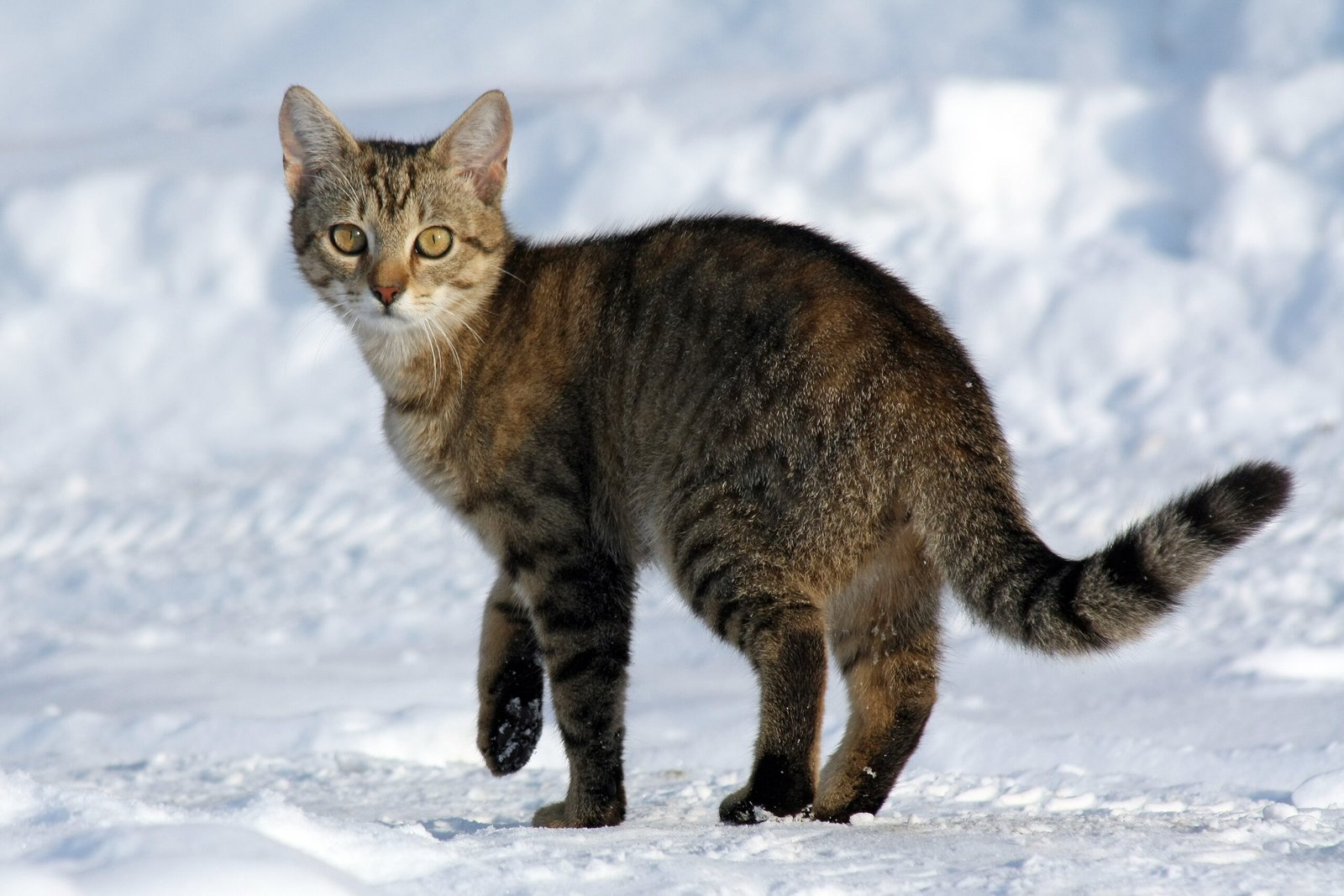
Cats, though often perceived as solitary creatures, can form strong bonds with their human companions. Just like humans, cats experience attachment and seek comfort from those they trust. When a cat follows you from room to room, it may be a sign of affection. They enjoy your presence and feel secure around you. The bond between a cat and its owner can be likened to that of a child feeling safe around a parent. This behavior is a testament to the deep connection you’ve nurtured with your feline friend.
Curiosity and Exploration
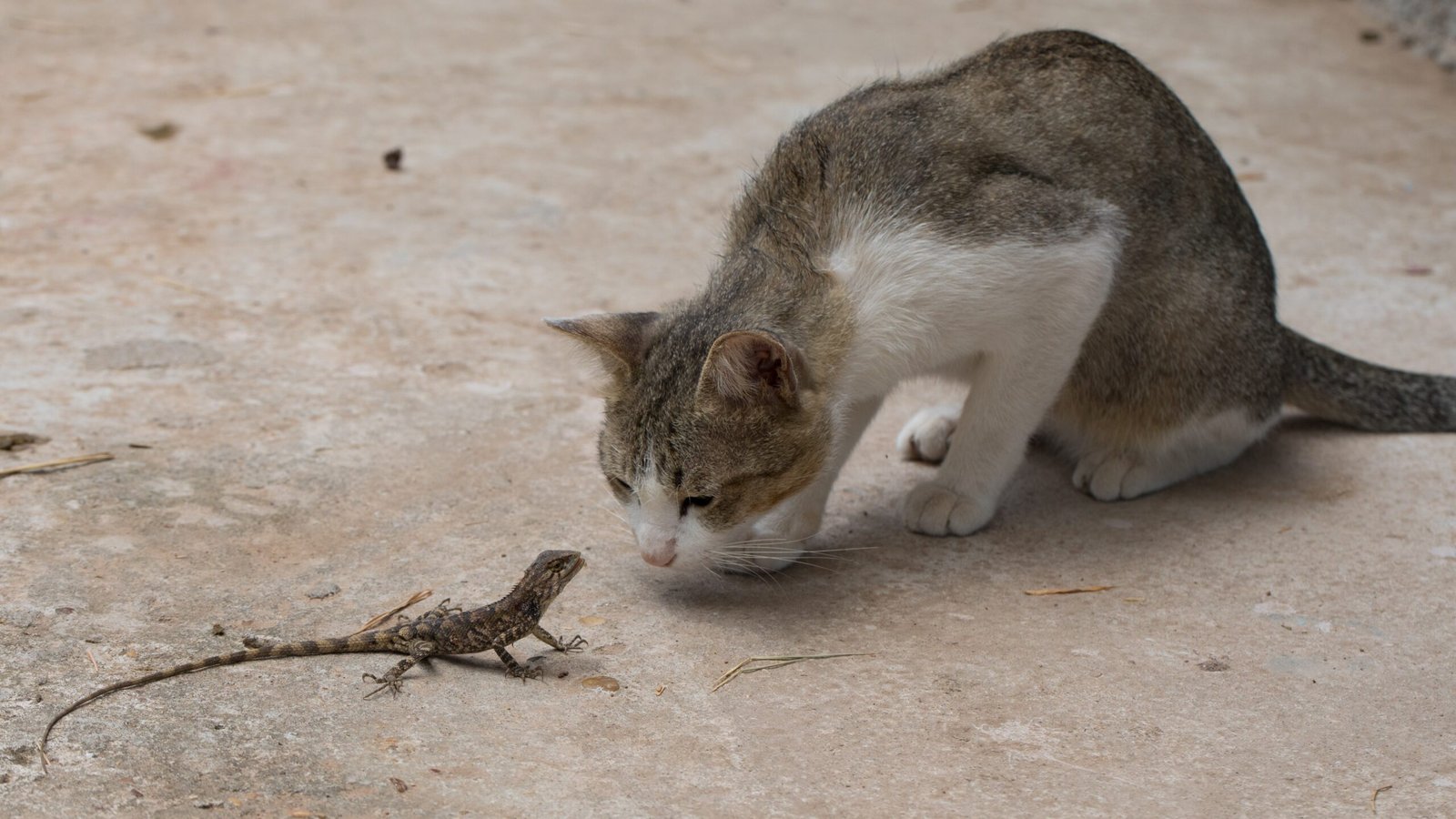
Cats are naturally curious creatures. Their inquisitive nature drives them to explore their surroundings constantly. Following you around may be their way of discovering new things or ensuring they don’t miss out on any exciting activities. Cats love to be in the know, and their curiosity can lead them to investigate every corner of your home. This behavior is similar to a detective on a mission, keenly observing every detail to piece together the mystery of their environment.
Seeking Attention and Interaction
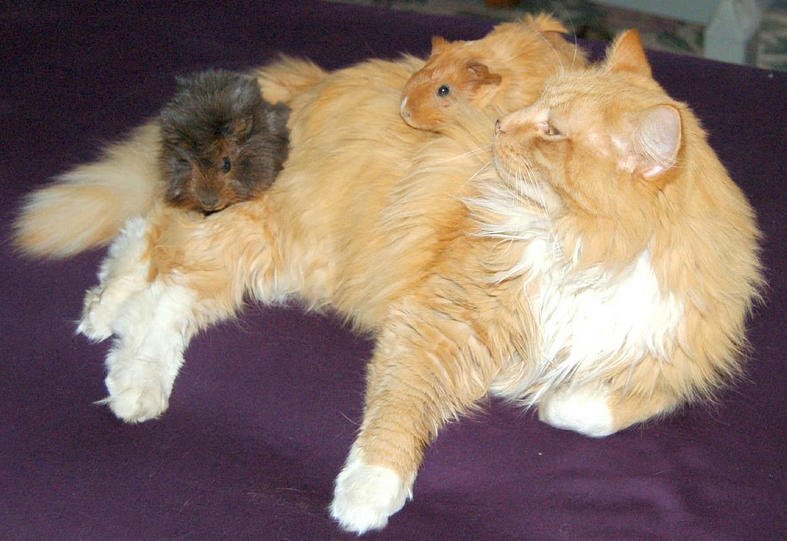
Contrary to the popular belief that cats are aloof, many felines crave attention and interaction with their owners. When a cat follows you, it might be seeking some quality time together. Cats enjoy being petted, spoken to, and played with. This behavior can be compared to a friend who eagerly seeks your company for a chat or a shared activity. If your cat shadows your every move, it might be a gentle reminder to spend more time engaging with them.
Instinctual Behavior
The instinctual behavior of cats can also play a role in why they follow their owners. In the wild, cats are both predators and prey, and sticking close to their family or group can provide safety. This behavior can translate into domestic life, where following their human can make them feel more secure. Just as a lioness might follow her pride to ensure safety, your cat might be instinctively ensuring its safety by staying close to you.
Routine and Habit
Cats are creatures of habit and thrive on routine. If your cat has become accustomed to following you over time, it might simply be a part of its daily ritual. Cats often find comfort in predictability, and having a routine that involves following you can be soothing. This is similar to a person who finds comfort in their morning routine, starting the day with familiar actions that set a positive tone.
Health and Well-being
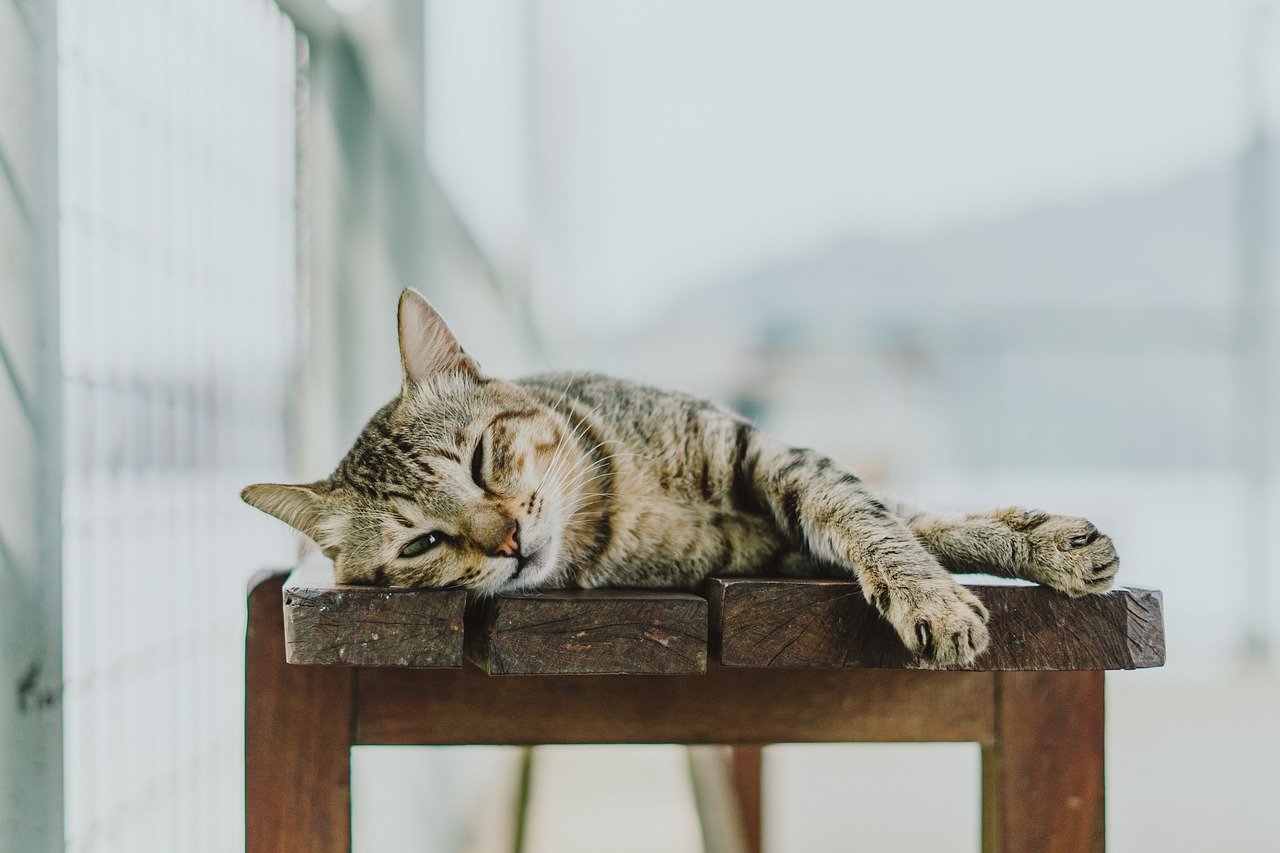
Sometimes, a cat following its owner can be an indication of a health issue. If a typically independent cat suddenly becomes clingy, it might be trying to communicate discomfort or illness. Observing this behavior alongside other symptoms, such as changes in appetite or energy levels, can be crucial. Just as a child might seek comfort from a parent when feeling unwell, your cat might be doing the same. Keeping an eye on any new or unusual behaviors can help you ensure your pet’s well-being.
Environmental Changes
Changes in the home environment can trigger a cat to seek comfort by following its owner. Whether it’s a new piece of furniture, a recently introduced pet, or a change in the household routine, environmental shifts can make cats feel uneasy. By staying close to you, cats may find reassurance in familiar scents and the presence of their trusted human. This can be likened to a person finding solace in a favorite blanket or a comforting meal during times of change.
Playfulness and Entertainment
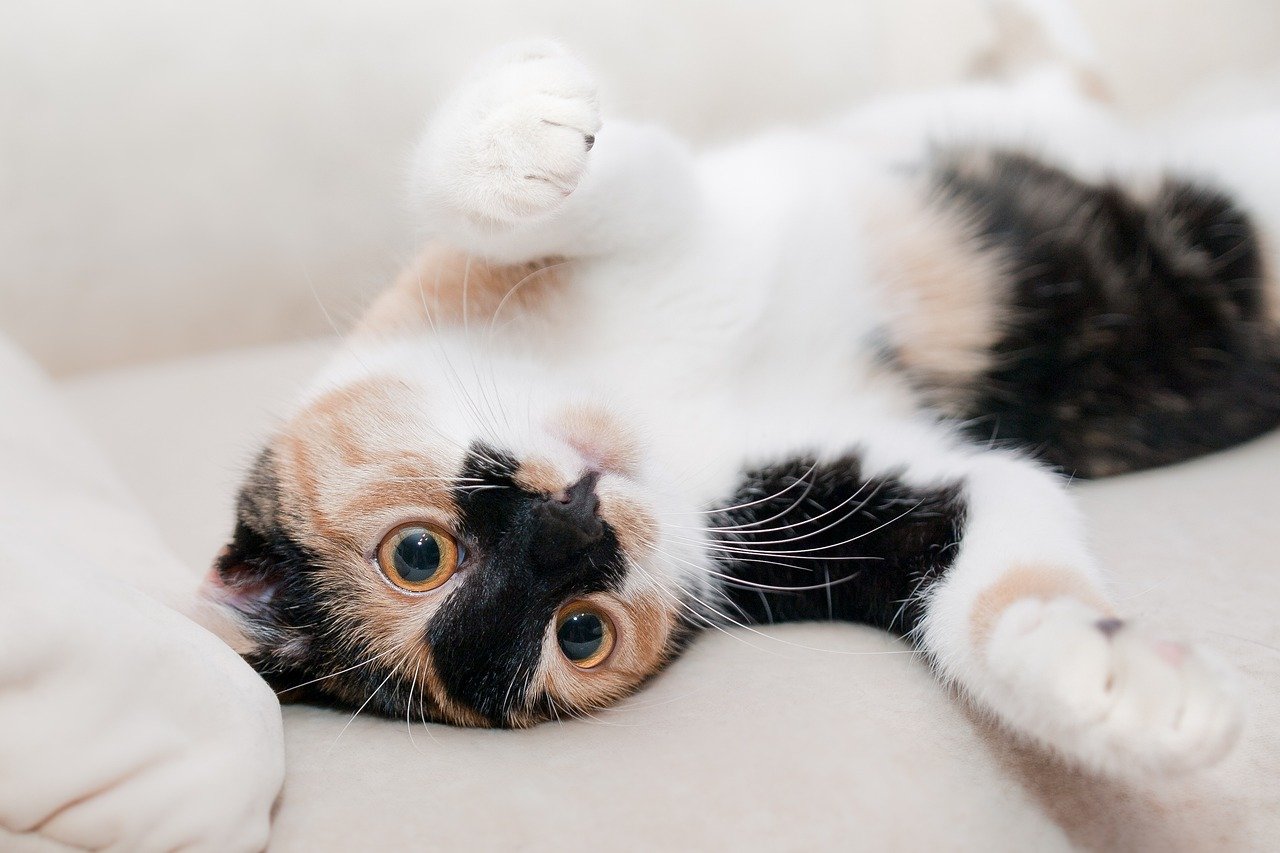
Cats are playful creatures and following you might be part of their playtime routine. Your movements might intrigue them, and they could see you as a source of entertainment. This behavior is similar to a child playing a game of tag, delighting in the chase and the interaction. Providing toys and engaging in play sessions can help channel this energy positively, ensuring your cat stays active and happy.
Food and Feeding Associations
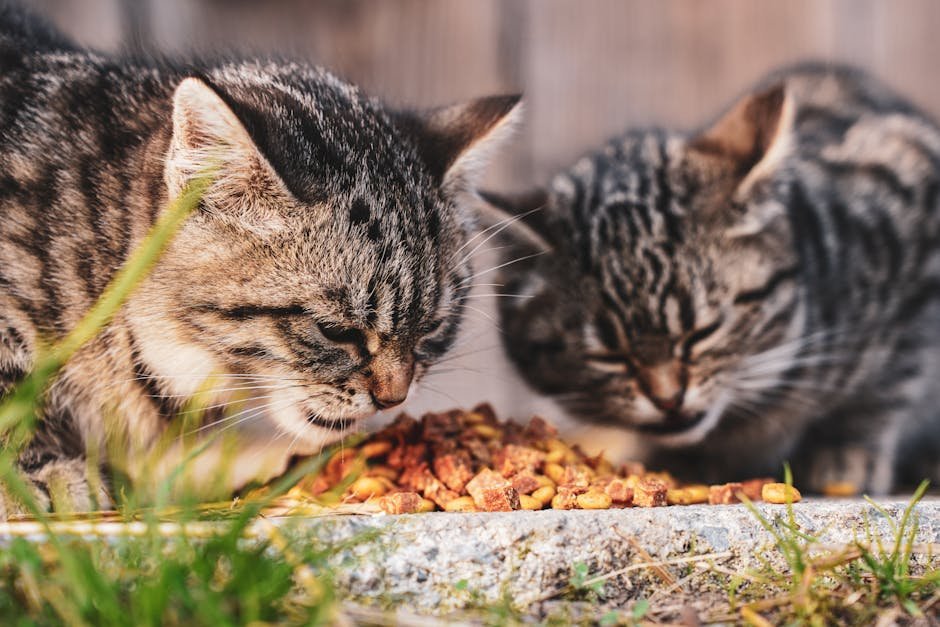
Cats often associate their owners with food, especially if you are the primary caregiver responsible for feeding them. If they see you as the provider of meals, they might follow you around, hoping for a snack or meal. This behavior can be compared to Pavlov’s dogs, who associated the sound of a bell with food. Your presence might trigger thoughts of feeding time, prompting your cat to stay close.
Stress and Anxiety
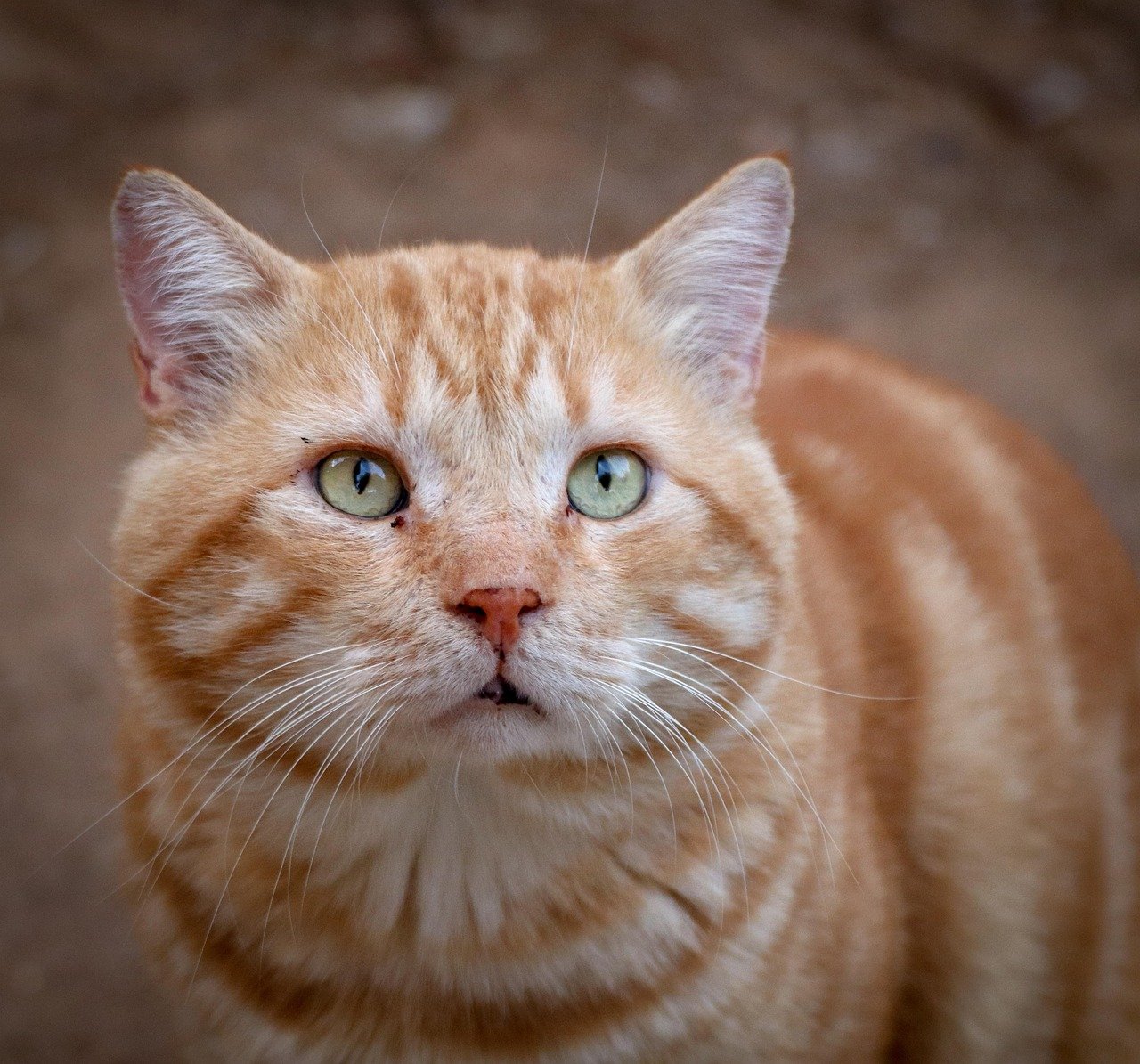
Stress and anxiety can also cause a cat to cling to its owner. If your cat feels threatened or anxious, it might seek comfort and protection by staying near you. Identifying the source of stress, whether it’s a loud noise, a new pet, or a change in routine, can help alleviate their anxiety. This behavior is similar to seeking refuge in a safe space during a storm, where familiarity and comfort provide a sense of security.
Learning from Experience
Cats are intelligent animals capable of learning from experience. If your cat has learned that following you results in positive outcomes, such as treats or affection, it might continue this behavior. This is similar to a student who studies diligently after realizing that hard work leads to good grades. Reinforcing positive behavior with rewards can further encourage your cat’s affectionate actions.
Protective Instincts
Some cats have a strong protective instinct towards their owners. By following you, they might be trying to ensure your safety. This behavior can be compared to a loyal guard dog watching over its family. While it might seem unusual, a cat’s protective instincts can manifest in various ways, including shadowing your every move.
Companionship and Loneliness

Cats, like humans, can experience loneliness and the desire for companionship. If your cat follows you around, it might be seeking a sense of companionship and connection. This behavior is akin to a friend seeking out social interactions to combat feelings of isolation. Ensuring your cat has plenty of interaction and enrichment can help fulfill their social needs.
Imitation and Learning
Cats are observant creatures that can learn by imitating their owners. If they see you engaging in certain activities, they might follow you in hopes of understanding or participating. This behavior is similar to a child mimicking their parent’s actions, eager to learn and be involved. Encouraging your cat’s curiosity can lead to enriching experiences and strengthen your bond.
Temperature and Comfort
Cats are known to seek warm and comfortable spots. If they follow you, it might be because they associate you with warmth and comfort. This is similar to snuggling up with a cozy blanket on a cold day. Providing warm bedding or a cozy space can help satisfy your cat’s need for comfort.
Communication and Vocalization
Cats communicate with their owners in various ways, including vocalization and body language. Following you might be their way of trying to communicate a need or desire. Just as a person might use words to express themselves, a cat might use their actions to convey a message. Paying attention to their cues can help you understand and respond to their needs effectively.
Curiosity About Human Activities
Your daily activities might intrigue your cat, leading them to follow you out of sheer curiosity. Whether you’re cooking, working, or relaxing, your actions might captivate their attention. This behavior is similar to an audience captivated by a performer, eagerly observing each move. Including your cat in your routines can help satisfy their curiosity and provide mental stimulation.
Habitual Behavior
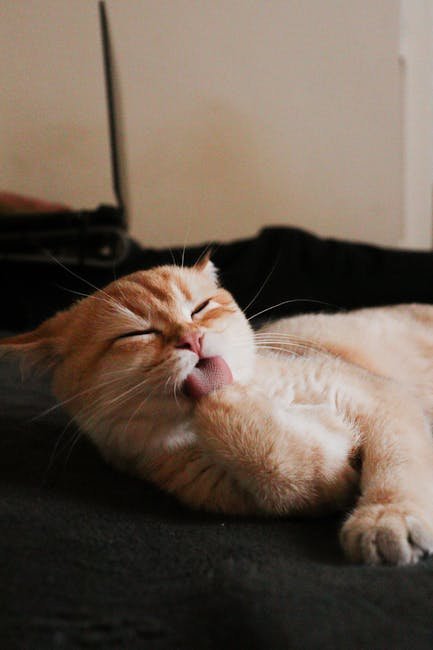
Over time, following you might become a habitual behavior for your cat. Repetition and routine can reinforce this action, making it a regular part of their day. This behavior is akin to brushing your teeth every morning, a habit that becomes second nature. Recognizing the role of habit can help you better understand your cat’s actions and cater to their needs.
Conclusion
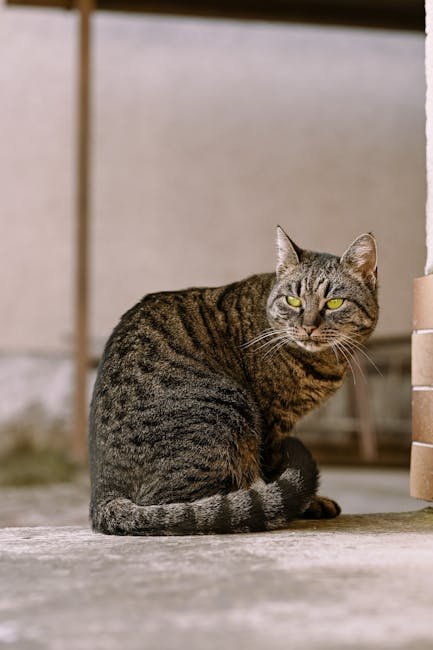
Cats are complex creatures with a myriad of reasons behind their behaviors. When your cat follows you everywhere, it’s essential to consider the various factors that could be at play. Whether it’s love, curiosity, or a need for comfort, understanding your cat’s motivations can strengthen your bond and ensure their well-being. By embracing their quirks and providing a nurturing environment, you can enjoy a fulfilling relationship with your feline companion.
Hi, I’m Bola, a passionate writer and creative strategist with a knack for crafting compelling content that educates, inspires, and connects. Over the years, I’ve honed my skills across various writing fields, including content creation, copywriting, online course development, and video scriptwriting.
When I’m not at my desk, you’ll find me exploring new ideas, reading books, or brainstorming creative ways to solve challenges. I believe that words have the power to transform, and I’m here to help you leverage that power for success.
Thanks for stopping by, Keep coming to this website to checkout new articles form me. You’d always love it!






